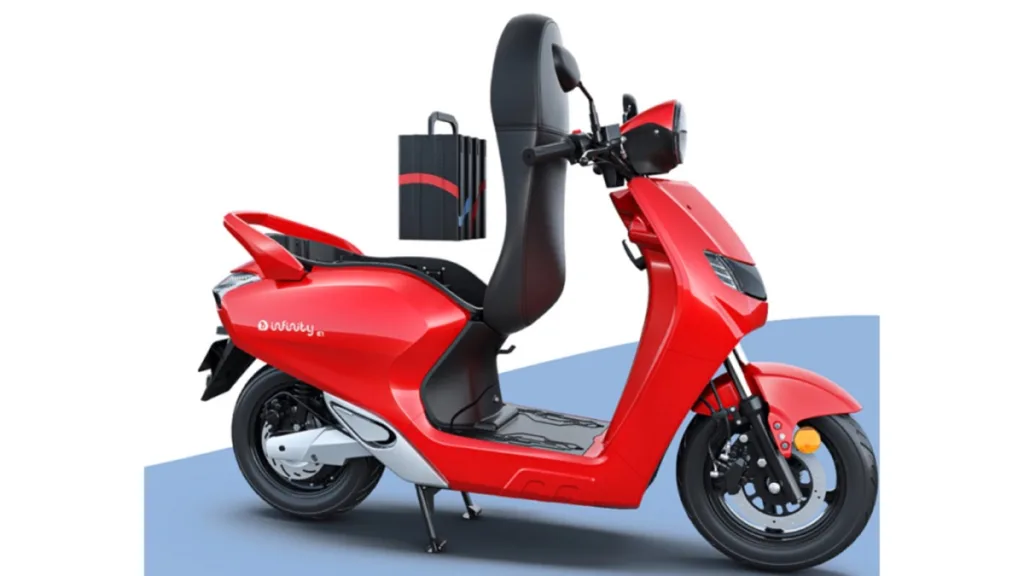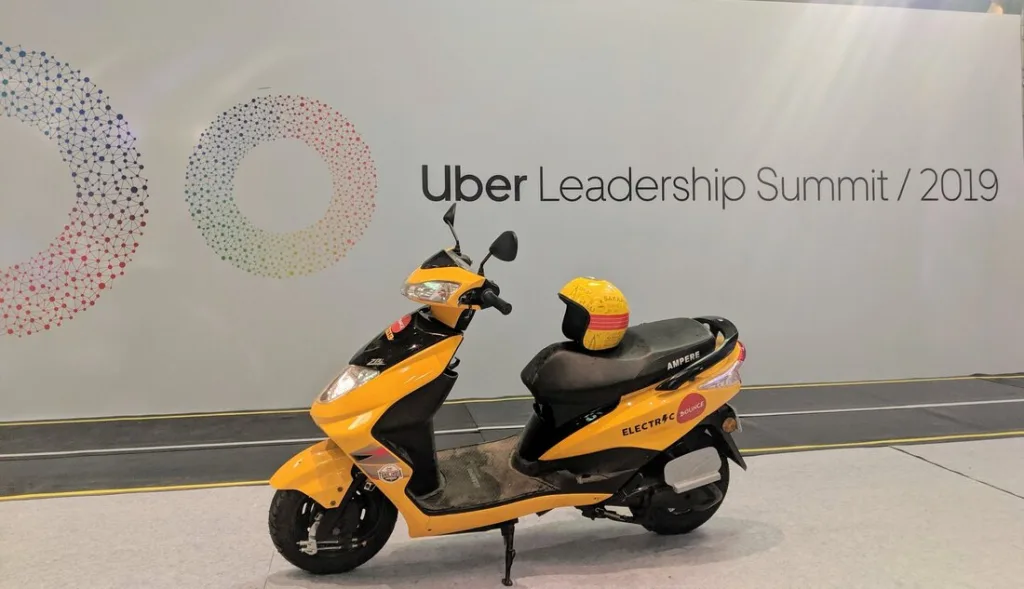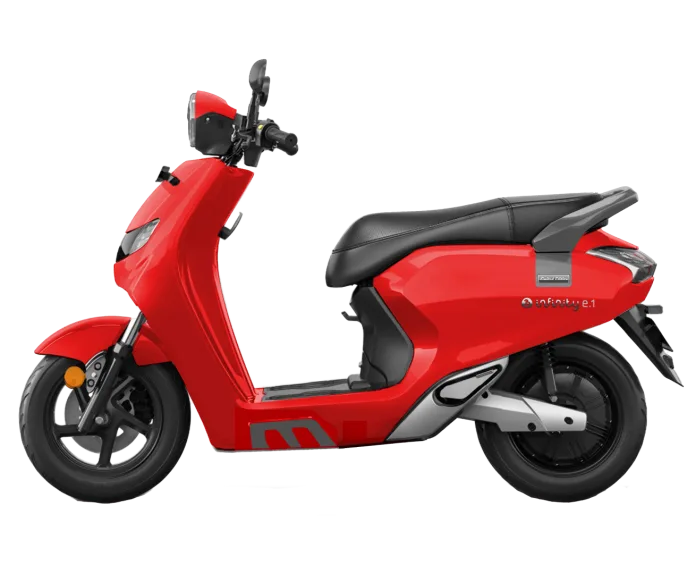In a groundbreaking move set to transform India’s rapidly evolving gig economy, Bounce Infinity has launched ‘Bounce Daily’ – an innovative electric vehicle rental service specifically designed for gig workers in the e-commerce and food delivery sectors. This strategic initiative comes at a pivotal time when major platforms like Swiggy, Zomato, and Zepto are setting ambitious 100% fleet electrification goals by 2030-35.
The Rise of EV Rentals in India’s Booming Gig Economy
Currently being piloted in Bengaluru and select parts of Delhi NCR with a fleet of 500 company-owned electric scooters, Bounce Daily is addressing a critical need in the market. The service offers flexible lease-to-own options that convert daily rental fees into EMIs after a minimum lock-in period, providing a pathway to ownership for workers who typically face significant barriers to vehicle financing.
“The ability of OEMs to respond to critical incidents like accidents, mechanical or electrical issues is going to be key in determining effectiveness of a B2B vehicle,” explains Varun Agni, co-founder and chief technology officer at Bounce Infinity. “Through this new model, we are able to assume responsibility and costs of servicing the vehicles. We are also able to provide this service at the point of delivery – something that traditional OEMs aren’t able to do.”

How Bounce Daily Is Changing the Game for Gig Workers
The ‘rent-to-own’ model represents a significant shift in how gig workers access transportation. By eliminating the substantial upfront costs typically associated with vehicle ownership, Bounce Daily is making electric mobility accessible to a segment that has traditionally been underserved by conventional financing options.
| Feature | Benefit to Gig Workers |
|---|---|
| No large upfront payment | Lowers barrier to entry |
| Daily rental fees convert to EMIs | Creates path to ownership |
| On-site maintenance support | Minimizes downtime |
| Company assumes maintenance costs | Reduces operational expenses |
| Low-speed vehicle options | No driving license required for some models |
This approach addresses multiple pain points for delivery partners. With average delivery distances decreasing to 2-3 kilometers and platforms pushing for faster fulfillment, purpose-built EVs offer an ideal solution. The low-speed vehicles (up to 25 kmph) are particularly appealing as they don’t require a driver’s license, further reducing barriers to entry for many workers.
Bounce Infinity’s Strategic Pivot to the Gig Economy
The company, which initially gained popularity for personal commute-focused rentals, has completely shifted its focus to manufacturing electric scooters for the gig economy. This strategic pivot reflects the growing importance of last-mile delivery services and the increasing pressure on these platforms to adopt sustainable practices.
Bounce Infinity currently offers four mid-speed variants (45-70 kmph):
- Bounce Infinity E1X
- Bounce Infinity E1+
- Bounce Infinity E1 (Standard)
- Bounce Infinity E1 LE (Limited Edition)
The company is also in advanced stages of launching new low-speed vehicles that are proving increasingly popular with gig workers due to their range flexibility, cost efficiency, and accessibility.

The Market Opportunity and Growth Potential
With 85,000 Bounce Infinity EVs already operating across delivery platforms, the company is positioned to capitalize on the rapidly growing demand for electric last-mile delivery solutions. Its manufacturing facility in Bhiwadi, Rajasthan, has an annual production capacity of 20,000 scooters per month, though it’s currently utilizing only about 7-10% of this capacity.
In FY24, Bounce Infinity generated revenue of Rs 88.7 crore while incurring a loss of Rs 79.4 crore. The company expects to close FY25 with over Rs 100 crore in revenue and aims to become EBITDA positive, signaling a path toward sustainable growth.
Environmental and Economic Impact
The shift to electric vehicles in the gig economy represents more than just a business opportunity—it’s a significant step toward reducing urban pollution and meeting India’s climate goals. Two-wheeler vehicles for last-mile delivery are expected to achieve complete electrification within five years, according to industry experts.
For workers, the economic benefits are substantial. The elimination of fuel costs and reduced maintenance expenses can significantly increase take-home earnings. Additionally, as cities increasingly implement emission restrictions, electric vehicles ensure continuous access to all delivery zones.
Challenges and Future Outlook
Despite the promising potential, several challenges remain. The limited charging infrastructure outside major urban centers poses a significant barrier to wider adoption. Range anxiety and battery management concerns also affect driver confidence in switching to EVs.
However, the outlook remains positive. Government policies increasingly support EV adoption, with the recent Budget 2025 announcement potentially including financing for electric two-wheelers and three-wheelers under priority sector lending. This would directly benefit gig economy workers by making the transition to cleaner vehicles more financially accessible.
As Bounce Daily expands to other major metro cities in the coming months, it is poised to play a crucial role in India’s transition to sustainable mobility while simultaneously empowering thousands of gig workers with better earning opportunities.
Also read- Tesla Batteries Recycled as Lithium Blocks: All We Know


